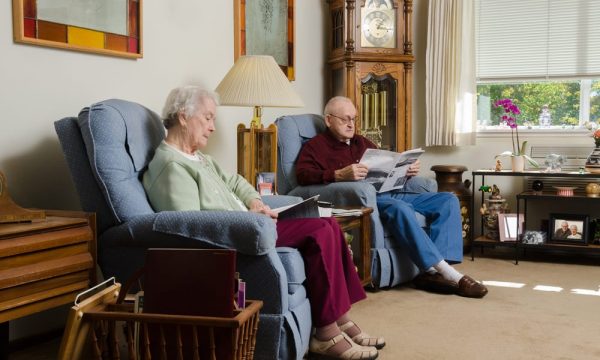It’s always very scary to be involved in a car accident, no matter how minor or severe the situation ends up being.
It’s easy to get confused and emotional during these situations, but we’re here to provide you with tips that’ll help you protect your personal liability and ensure the rightful outcome of any insurance negotiations later on.
We’ve partnered up with the Cefali & Cefali car accident attorneys to develop this step-by-step list to guide you in the moments after an accident occurs, so here’s what you need to know:
Step #1: Never Leave An Accident Scene
It may seem self-explanatory, but you’re going to need to speak with the other driver extensively prior to leaving the scene of your accident (even when it’s just a minor fender-bender).
And when police are involved, you must wait until the officer has given you permission to leave.
Step #2: Be Thorough About Checking For Injuries
Start by addressing yourself and your passengers for any potential injuries, and if you can do so, go check up on the other drivers and passengers involved in the collision. If any injuries are detected, be sure to call 911 immediately.
It’s also important to remember that adrenaline typically pumps very hard during these intense moments, so you may be injured and not feel it until later on in the day. So be thorough and take any type of discomfort into account, because it could actually end up being a serious injury!
Step #3: Be Sure To Call The Police
Once you’ve called 911, a police officer will come to the accident scene in a timely fashion. Even if no one is injured, you should still call the police to obtain a report detailing the property damage and likely causation of the accident. It’s always impossible to fully know the extent of property damage in a car accident, so be sure to file a police report no matter how minor an accident may initially seem.
A police report will entail detailed interviews and information about each driver involved in the crash, and this type of police presence is absolutely critical when building your case during insurance settlement negotiations.
Step #4: Taking Pictures & Moving The Vehicles
If there are no serious injuries and the property damage seems relatively minor, be sure to take pictures and videos of the accident scene and then move the vehicles away from the flow of traffic.
Step #5: Exchanging Contact & Insurance Info
It’s absolutely critical to get the information you need from the other drivers involved in the car accident. This includes their name, phone number, email address, auto insurance details, license plate number, and driver’s license numbers. If the owner of the vehicle isn’t involved in the accident, be sure to get their information.
It also is a good idea to get the contact information of any witnesses, because they can corroborate what happened to police and your attorney later on.
Step #6: Be Careful What You Say
No matter how you’re feeling in the moments after your car accident, it’s important to be very careful about what you say at the scene of the collision. Never admit any fault to another driver, even if you do think the accident was your fault.
Your words can later be used against you, so be very careful what you say to anyone when it comes to your personal liability.
Step #7: Write A Detailed Log About What Happened
Once things have calmed down and you find some time for yourself, consider writing out a detailed log entry about what you went through during the entire accident scenario. This type of log will include details like the following:
- The time, date and location of the collision
- The direction on the road you were going
- The specific location on the road, and what you were doing as the accident began
- What the other car(s) were doing when the accident happened
Step #8: Notify Your Auto Insurance Provider
Most car insurance policies require people to notify providers of an accident’s occurrence as soon as possible, so this is something you should likely do on the day of your accident.
You don’t want to jeopardize your coverage in any way, and it’s important to remember that notifying your insurance carrier isn’t the same thing as filing a claim through them. You’ll likely want to speak with your attorney prior to filing a claim, but simply notifying your provider of the accident is crucial when it comes to maintaining the priorities of your coverage.
Step #9: Get In Touch With A Car Accident Attorney
After all of the above steps have been taken care of, it’ll then be time to seek out legal representation. There are likely going to be many factors at play when it comes to your car accident settlement negotiation and potential litigation processes, so teaming up with an experienced specialist will always go a long way towards helping you obtain the compensation you deserve.
You can learn more about how to handle car accident scenarios by speaking with the Cefali & Cefali experts via the link to their website at the beginning of this blog!




